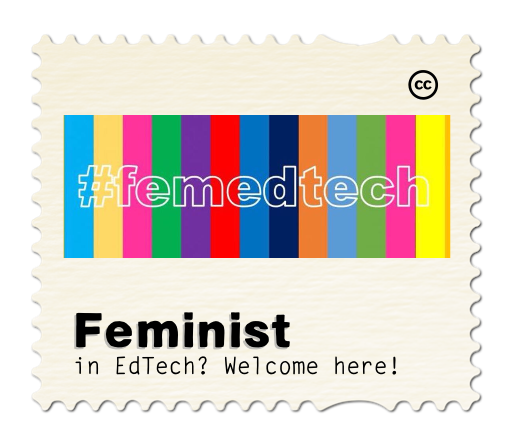Inspired by this post by Frances Bell and the upcoming ALT Annual Conference I have been reading up on a this approach for “aspirational metrics” D’Ignazio & Klein (2018) use for their forthcoming book Data Feminism, and in particular their thoughts on the humanity of data, which I’m quoting below:
We acknowledge the humanity of data
We recognize that the transformation of human experience into data often entails a reduction in complexity and context. We further acknowledge that there is a long history of data being “all too often wielded as an instrument of oppression, reinforcing inequality and perpetuating injustice,” as the group Data for Black Lives explains. We keep these inherent constraints in mind as we write, attempting to introduce context and complexity whenever possible, and acknowledge the limits of the methods we discuss as well as their strengths.
It’s of particular interest to me as I’ve talked a lot about gender equality in the last six months and ever since I have added graphs and tables to the talk, people have listened a lot more closely. There’s a lot to be said for having tangible, measurable indicators of progress or even lack thereof when it comes to talking about topics like gender inequality in the workplace, but I also worry that by focusing on the charts and graphs, on the data, we don’t do enough to acknowledge what’s being lost in the analysis. At least I don’t feel like I’m succeeding at putting something like the approach outlined above into practice the way I think it should.
Partly, I believe, that is because it’s much easier to create a dialogue when the conversation is less personal and as a result less confrontational. It’s much more possible for most people, in this case for most men, to talk about recruitment targets or percentage point increases than it is to witness the narratives that in this context women may share about their everyday experience of discrimination or harassment.
When we create visual representations of our human experience, in this case of women working in learning technology, much of what the authors call the complexity and context is reduced to commonality. In order to communicate the scale of the challenges we face we must reduce our individual stories to let’s say a single headline. A headline that grabs your attention, that conveys urgency and relevance.
And yet…
Whilst I know that there are big advantages to using data and data visualisations to tell this kind of story, and I am an avid reader of work that helps us chart and address the gender data gap, I think that it also helps to depersonalise the problem. Charts are rarely labelled ‘me and you’ if you know what I mean and it’s far easier to feel that the problem is somewhere else, someone else’s responsibility… rather than right here in this room and cause for personal action.
That then is my hope for our conversation at the conference this year and for the values we share: that we will use whatever communication methods are at our disposal to make more people feel that they have a role to play in fighting for gender equality (in learning technology), and further, that it is each and every one of us that needs to take some personal responsibility to make that change happen.



Provide Feedback